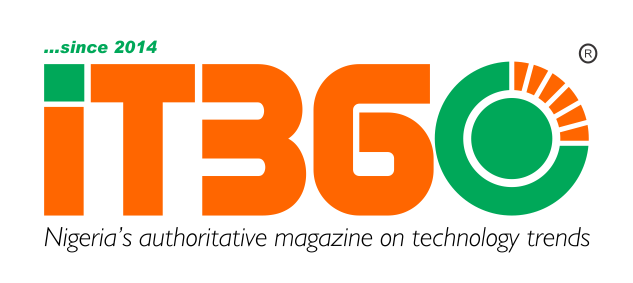Back in 2007, Kerry Collinge, who works in marketing, found herself working on an unusual project featuring a drumming gorilla.
The TV advert was for Cadbury’s Dairy Milk chocolate, and the gorilla – or rather, an actor wearing an extremely convincing gorilla suit – plays the drum solo from the Phil Collins song In the Air Tonight.
It was an immediate hit with viewers: sales of the chocolate soared, and the ad went on to be voted the UK’s favourite.
At the time the advert was made, Ms Collinge was a senior figure in Cadbury’s in-house marketing team. But as she explains, the finished piece might never have seen the light of day.
“The ad lay finished in the company, within Cadbury’s, for nine months before anybody would let it out,” she says.

Initial market research had suggested that the ad would not do well with customers. After all, a drumming gorilla has nothing to do with chocolate.
Instead, it asks at least 150 people to view the ad and record their emotional responses to it – the drumming gorilla got an extremely positive score. Ms Collinge reported this back to Cadbury’s bosses, and the ad was released to widespread acclaim.
“I used the testing to really give confidence to Cadbury that the ad was going to do a fantastic job,” she says. “Because it was very, very different for them.”
It takes a foolhardy person to claim they are not influenced by advertising. In today’s digital world it is coming at you all the time, and the amount of money companies spend on advertising their products and services has never been higher.
This year global ad-spend will reach $706bn (£527bn), according to one study. That is up from $634bn in 2019, and digital advertising – adverts you see or hear on your computer and mobile phone – now accounts for 62% of the total.
The problem for brands however, remains neatly summarised by this quote from US car industry pioneer, Henry Ford: “Half the money I spend on advertising is wasted, the problem is I do not know which half.”
To try to ensure adverts are as successful as possible, retailers are using high-tech ad-testing firms more often.
UK firm, Kantar, is another firm working on these analytics. It’s online testing system also focuses on a person’s emotional response to being shown an advert. One way it does this is by connecting to a tester’s laptop, or webcam, then using facial-mapping software to monitor their reactions.

Jane Ostler, Kantar’s executive managing director of creative and media products, says this type of more sophisticated testing is increasingly in demand.
This shift is because companies want to advertise their products across a large number of platforms – print, TV and social media. These various mediums may require a different advert for the same product.
“I think for clients, that is the real challenge – not only making it [the adverts] all, and making it all integrated and part of the same campaign, but also how to measure it and whether it is working,” she says.
Ms Collinge now works for System1 as its director of marketing and partnerships. The system asks testers to reveal their emotional response to an advert, as it is playing, by clicking on the relevant small graphic of a human head on their screen.
Each of these pictures show a different emotion, with that emotion also written underneath. The choices are contempt, surprise, anger, disgust, fear, happiness, sad, and neutral.


